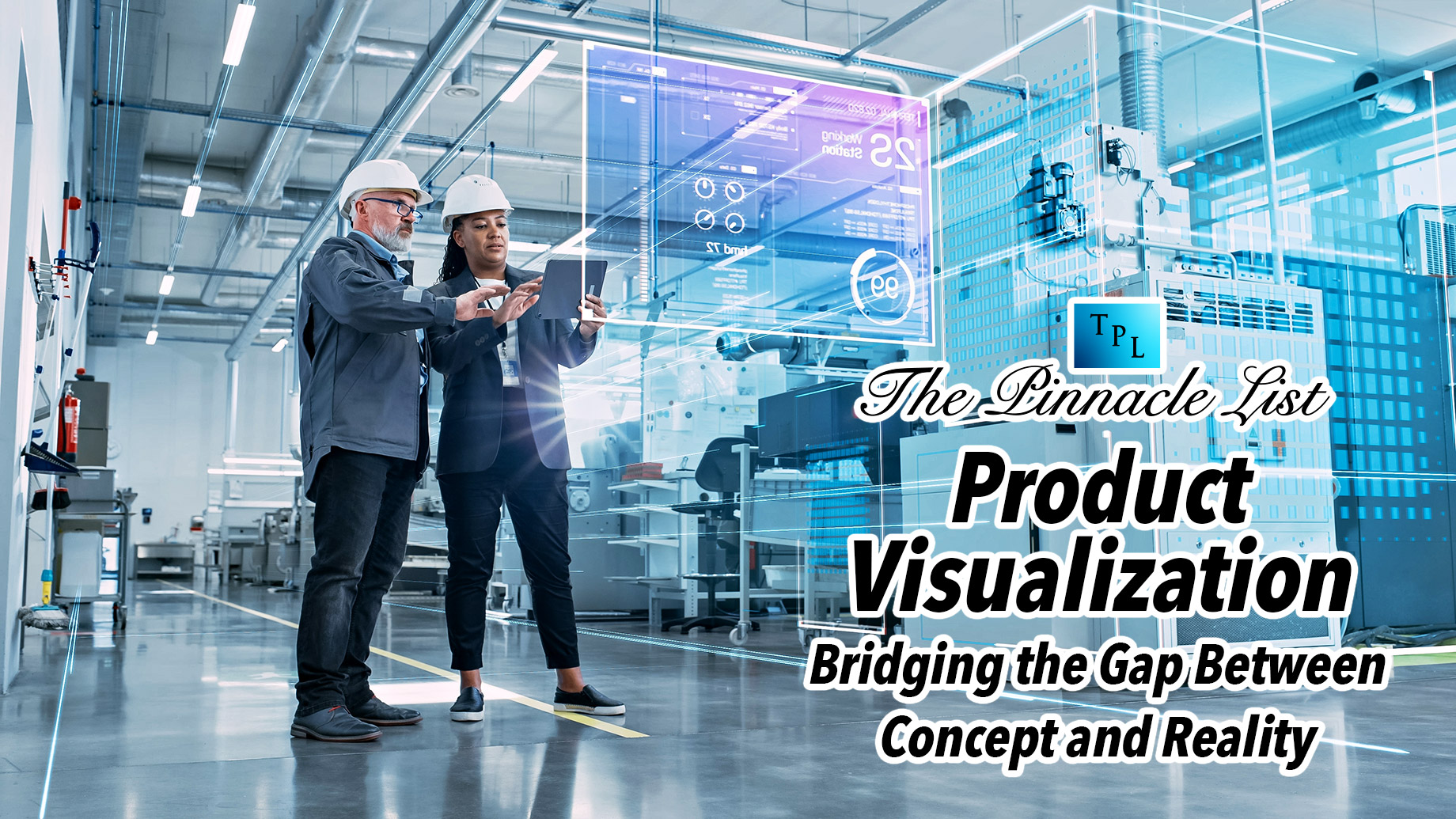
In today’s fiercely competitive marketplace, product visualization plays a pivotal role in the success of any business. Product Visualization Services empower companies to present their products in the most appealing and informative way, facilitating customer engagement, driving sales, and strengthening brand identity.
What is Product Visualization?
Product visualization is the process of creating graphical images or animations that represent a product in its final form or showcase its functionality. This can include:
- Photorealistic Renders: High-quality images that closely resemble photographs of the actual product.
- 3D Modeling: Creating three-dimensional models of the product that can be rotated and viewed from different angles.
- Animation: Demonstrating the product’s operation or its interaction with the user.
- Interactive Presentations: Allowing users to interact with a virtual model of the product.
Why is Product Visualization Important?
Product visualization offers several advantages for businesses:
- Enhanced Communication: Visuals help convey the product’s features and benefits more effectively than textual descriptions alone.
- Attention Grabbing: High-quality visualization makes the product more attractive and memorable to potential customers.
- Increased Sales: Visualization allows customers to “see” the product in action, encouraging them to make a purchase.
- Reduced Development Time: Visualization helps identify potential issues early in the development process, saving time and resources.
- Brand Reinforcement: Professional visualization creates a positive impression of the company and its products.
Applications of Product Visualization
Product visualization is utilized in various fields:
- Architecture and Interior Design: Visualization allows clients to see how a building or space will look before construction begins.
- Industrial Design: Visualization helps present new products and evaluate their ergonomics and aesthetics.
- Marketing and Advertising: Visualization is used to create compelling advertising materials and presentations.
- E-commerce: Visualization enables customers to examine products from all angles and make informed purchasing decisions.
- Education and Science: Visualization is used to illustrate complex concepts and processes.
The Product Visualization Process
The product visualization process involves several stages:
- Information Gathering: Visualization specialists collect all necessary information about the product, its functions, target audience, and visualization goals.
- Concept Development: Based on the gathered information, a visualization concept is developed, including the choice of style, color scheme, angles, and other elements.
- Modeling and Rendering: 3D models of the product are created, and photorealistic images or animations are generated.
- Post-Processing: Images and animations are refined and enhanced using specialized software.
- Presentation: The final visualization is presented to the client for evaluation and potential adjustments.
Types of Product Visualization
There are several main types of product visualization:
- Static Images: Photorealistic renders of the product from different angles.
- 360-Degree Panoramas: Allow the user to rotate the image and view the product from all sides.
- Animation: Demonstrates the product’s operation or its interaction with the user.
- Virtual Reality (VR): Immerses the user in a virtual space where they can interact with the product.
- Augmented Reality (AR): Overlays virtual objects onto the real world, allowing users to “try on” the product or see how it would look in a specific environment.
Choosing a Product Visualization Service Provider
When selecting a product visualization service provider, consider several factors:
- Experience and Portfolio: Evaluate the company’s experience and review their portfolio to ensure they can meet your requirements.
- Technology and Software: Make sure the company utilizes modern technology and software to create high-quality visualizations.
- Cost: Compare prices from different providers and choose the best value for your budget.
- Timeline: Clarify the project timeline and ensure it aligns with your expectations.
- Communication: Choose a company that you feel comfortable communicating with and that is willing to accommodate your requests.
The Future of Product Visualization
Product visualization continues to evolve thanks to new technologies and tools. In the future, we can expect the following trends:
- Even Greater Realism: Visualization will become increasingly photorealistic, making it virtually indistinguishable from reality.
- Interactivity: Users will be able to interact with virtual product models, customize their parameters, and experience them in action.
- Personalization: Visualization will adapt to individual user preferences, offering them the most relevant content.
- Artificial Intelligence: AI will be used to automate certain stages of the visualization process, making it faster and more efficient.
Conclusion
Product visualization is a powerful tool that helps businesses showcase their products in the best possible light, attract customers, and increase sales. With advancements in technology, visualization is becoming more accessible and effective, opening up new opportunities for companies of all sizes and industries. If you want to differentiate your product from the competition and achieve success in the market, investing in professional product visualization is a wise move.